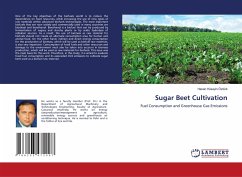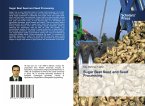In Morocco, sugar occupies a prominent place in the population's eating habits. The Green Morocco Plan launched in the Kingdom to promote agriculture has set itself the objective of increasing the areas planted with sugar crops while improving production in terms of quality and quantity. However, several constraints must be overcome in order to achieve the expected objectives. Indeed, in addition to physiological diseases causing deficiencies, certain parasites and pests can in turn cause significant damage if appropriate phytosanitary measures are not taken immediately. Thus, cercosporiose, sclerotinia, cassis and others often affect beet, while on sugarcane, smut is the main disease always encountered on one of the varieties widely desired by farmers. This book reviews the main parasitic and physiological diseases frequently encountered on these two crops in the Gharb plain, one of the Kingdom's main irrigated areas.








